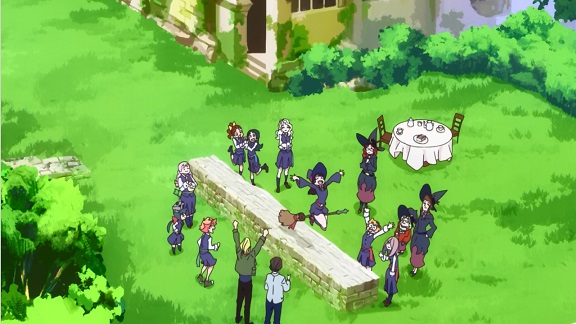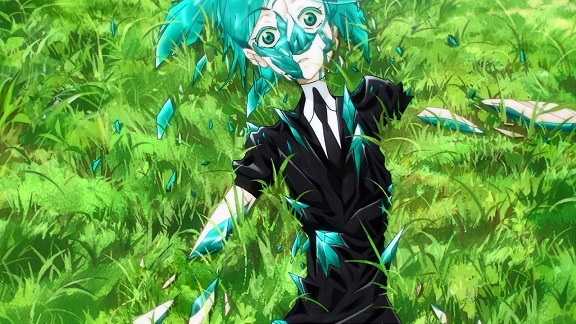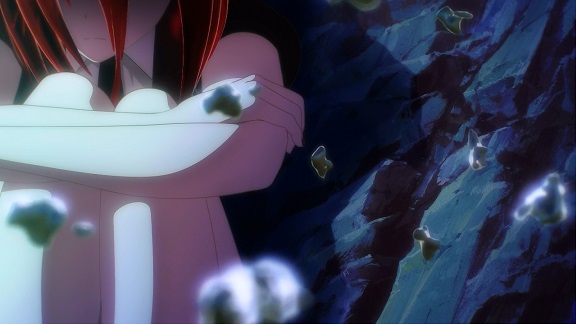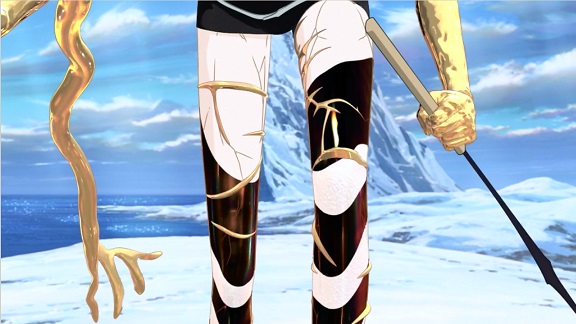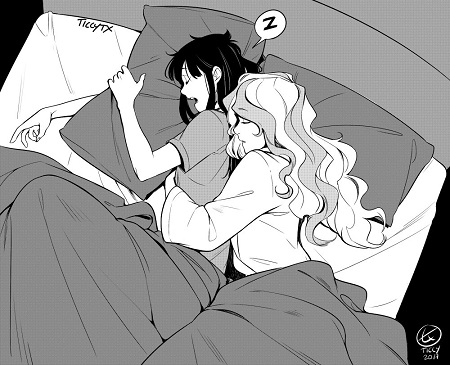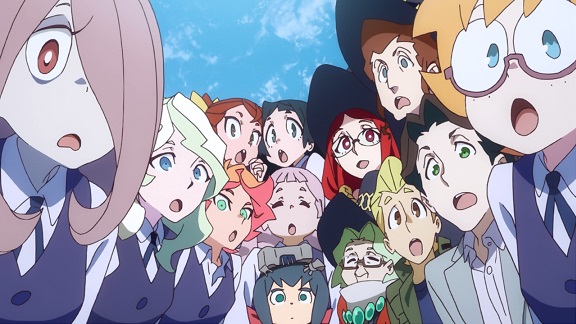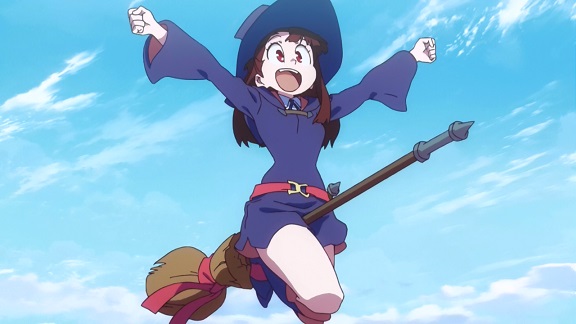So yeah, anime has a lot of bad fantasy series that use western mythology or religion in about the same reverent way a certain Washington based football team uses Native American iconography, and usually it all takes place in Japan or some generic fantasyland setting anyway, but occasionally you do get a series set in a recognisable western country. This year we got two fantasy series set in Britain

And what could be more British than Little Witch Academia: Harry Potter but with witches instead of magicians? As I argued before, it’s this familiarity that makes it so accessible for non-anime watching audiences. The boarding school setting is comfy and familiar while Akko’s goal of wanting to be the greatest witch in the world despite being manifestly unsuited for it is relatable. LWA‘s Britain is a bit of a cartoon whenever the series moves beyond Luna Nova and its grasp of British politics is especially suspect, but it all fits the mood of such a light hearted series.
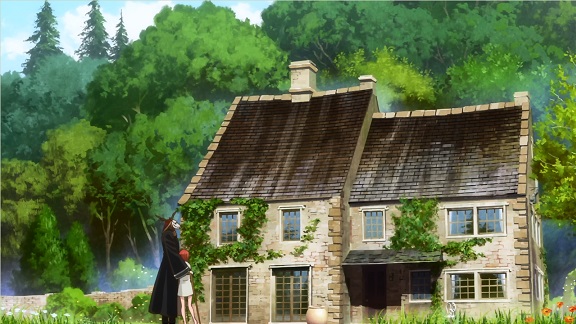
Mahoutsukai no Yome is more ambitious, both in portraying England properly as a setting and in establishing its magical world, steeped in Celtic and British mythology. Early on in the first prequel OVA that came out last year, there was an establishing shot of London, complete with the London Eye, which worked very well in establishing that yes, this was London and present day London at that. Then, in the first episode of the regular series, there was the shot of the cottage, which was just a perfect cozy little home that could be anywhere in the West Country and I’d love to live in.

Especially if it came with its own Silkie, the fairy landlady who feeds and protects Chise whenever a nasty priest comes to visit. She’s adorable, just bimbling along in the background, never speaking but a good friend to Chise. Silkie is revealed to be an ex-banshee in the original manga, so though she looks like a mute housekeeper, she’s actually a fairly powerful sort of magical creature. I like the matter of factness with which she’s presented.
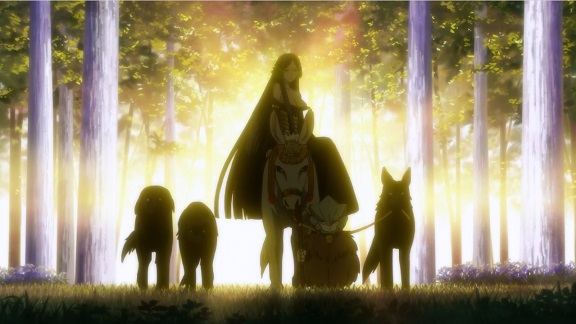
On the mystical side of things, episode six brought a visit from Titania and Oberon, straight out of Celtic myth by way of Shakespeare, bringing the sublime in magic, a reminder that fairies and elves can be magical, wonderful creatures, but not ones you would want to anger. Titania is one example of how Mahoutsukai no Yome borrows and uses elements and characters from English & Celtic myth and legend and does so in a way that makes up a coherent world. What we see is only one part of a deeper cosmology, with its own rules and laws, that we’re only dipping a toe in.
This is the eight post in this year’s twelve days of anime challenge. Tomorrow: let’s look at why Net-juu no Susume is rape culture.
